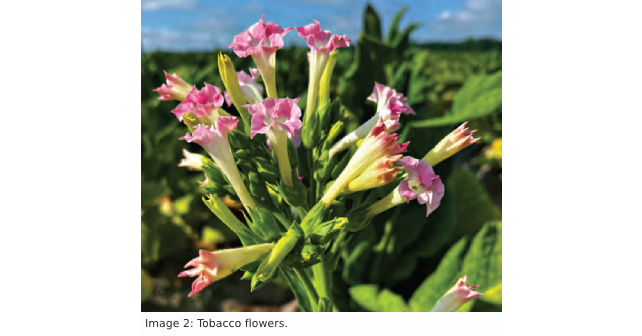
Many years ago, fresh out of my New York Toxicology Fellowship, I walked into an early September emergency department (ED) shift my first month as an attending in Eastern North Carolina to find six field workers lined up on hallway beds. They had just arrived—all suffering with severe nausea and vomiting, abdominal pain, and diarrhea. A quick examination revealed they were all relatively bradycardic, tremulous, and weak; they had pinpoint pupils and were soaked in sweat. I immediately ran to find the charge nurse and asked how we could report this cluster of possible nerve gas-exposed patients to the State, and if we should go on lockdown. He looked at me kindly, put a steadying hand on my shoulder, and said in his deep Southern accent, “Don’t worry, Dr. Hack, it’s just topping season, a little TLC and time, they’ll be fine.”
Explore This Issue
ACEP Now: Vol 43 – No 10 – October 2024History
Tobacco (Nicotiana tabacum) is a member of the Nicotiana genus—a relative to the nightshade family (potato, tomato, eggplant, belladonna)—that originated in the Americas. It was used for medical, social, and religious purposes by Native Americans for millennia, and introduced to Europeans in 1492 through Columbus’ exchanged gifts of fruit, food, and leaves of the tobacco plant during his “discovery.”
Later, Jean Nicot de Villemain (1530-1604) introduced tobacco to the French royal court, and his name became synonymous with the plant—Nicotiana tabacum and “nicotine.” The word “tobacco” is derived from the Caribbean word “tabaco” and Spanish word “tobah”—the device used to inhale smoke from the plant.5
While there are over 75 Nicotiana species, N. tabacum and N. rustica are the major cultivated species for human use. N. rustica, “Aztec” or “Indian” tobacco, is considered to be the original species (evidence of its use has been found from over 8,000 years ago) from which other tobaccos were cultivated. The first commercial crop of N. tabacum, grown in Jamestown, Va., in 1612 by the colonist John Rolfe (Pocahontas’ husband), spread first to eastern North Carolina and quickly became an agricultural foundation of this country. George Washington’s 1765 complaint letter to his London agent about the low prices he was getting for his tobacco harvest is evidence of the founding father’s involvement in the crop: “… it be … a little mortifying … [to] raise none but Sweetscented Tobacco, and … meet with such unprofitable returns.”13 Tobacco remains today one of the most economically important industrial crops worldwide—about six trillion cigarettes worldwide are smoked each year; 6.68 million metric tons of tobacco were produced in 2019.12
Pages: 1 2 3 4 | Single Page





No Responses to “Toxicology Answer: The Pretty and Toxic Tobacco”